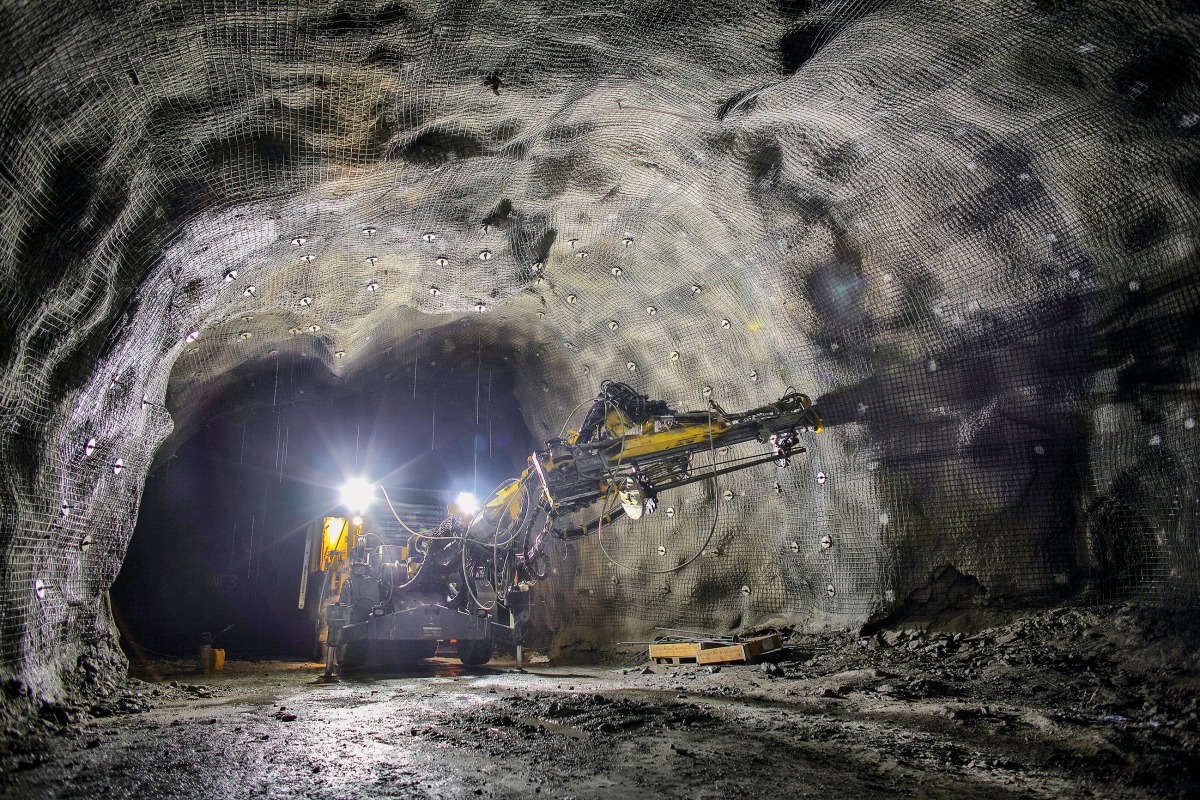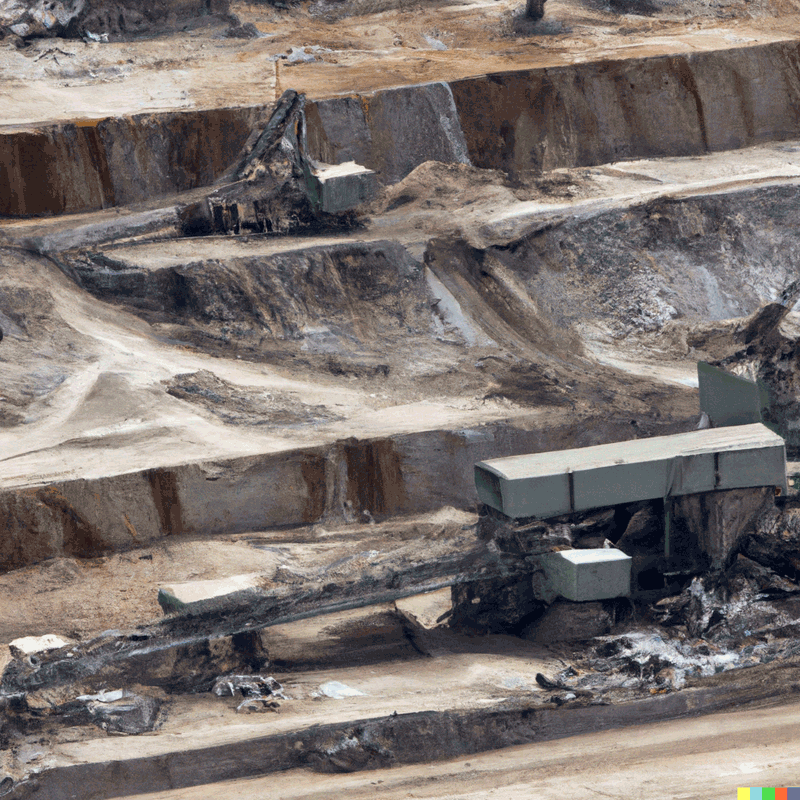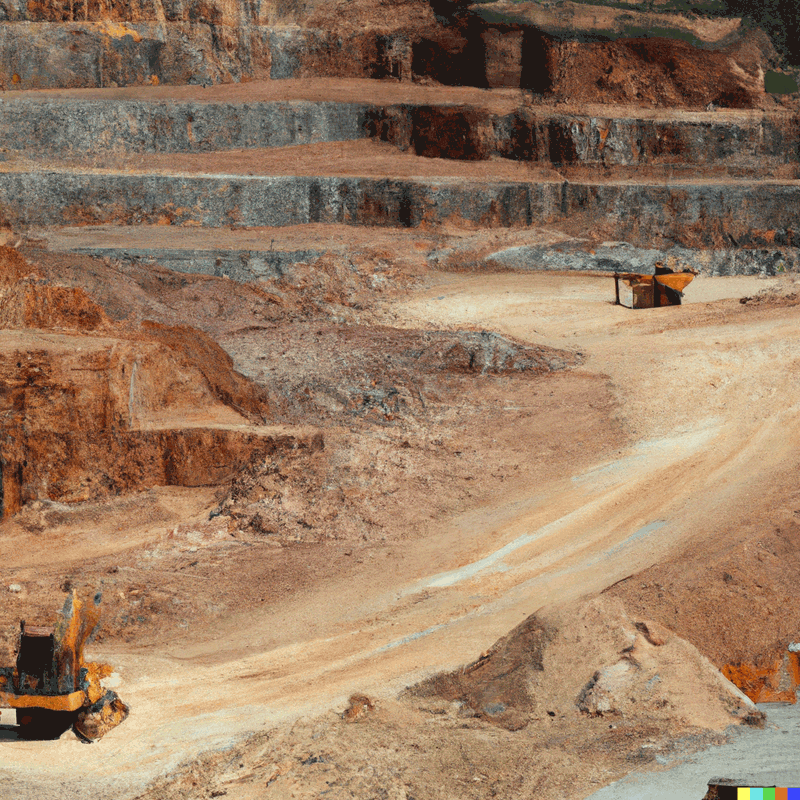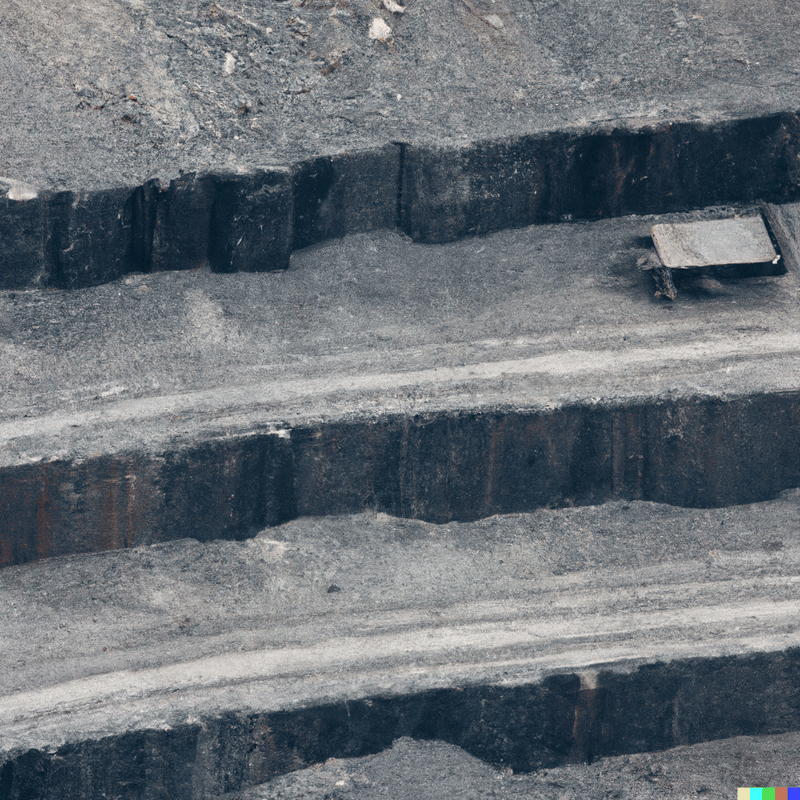The metal ore mining industry segment covers the extraction of metal ores, primarily gold, silver, iron, copper, lead, and zinc. These naturally occurring minerals have a variety of industrial purposes: gold and silver are primarily used in jewelry and high-end electronics, iron is used to produce steel, copper is the main component of electrical wiring, lead is used in batteries, and zinc is used to coat iron and steel to reduce corrosion and as an alloy in the making of bronze and brass.
Most metals do not exist in concentrated form but rather in small traces in rock called “ore”. Indistinguishable from regular rocks to the untrained eye, some ores are currently mined that contain only a fraction of a percent of metal. As a result, a massive amount of rock must be extracted from the ground in order to obtain a useable amount of metal. As a result of this, and because metal ores are less common than coal, metal mines can be much larger than coal mines and operate in more extreme environments, while coal mines are rarely more than a few hundred feet underground, gold mines can be over a mile below the surface.
Like coal mines, metal ore mines are found in both surface and underground varieties, depending on where the ore deposit is located. In addition to strip mining, surface ore mines also use the open-pit mining technique. These mines are huge holes in the ground that are mined by blasting rock from the sides and bottom with explosives, carrying out the broken up material in trucks, and then repeating the process. Open pit mines can grow to be hundreds of feet deep and several miles wide. Underground mining of ore is less common, typically only occurring when rich veins of ore are discovered or mineral prices are high enough to justify the added expense.
A significant amount of processing is needed to convert ore into usable metal. The mining industry includes initial mineral processing and preparation activities that are located together with mines as part of the extraction process. Further processing is classified under the primary metal manufacturing industry.










